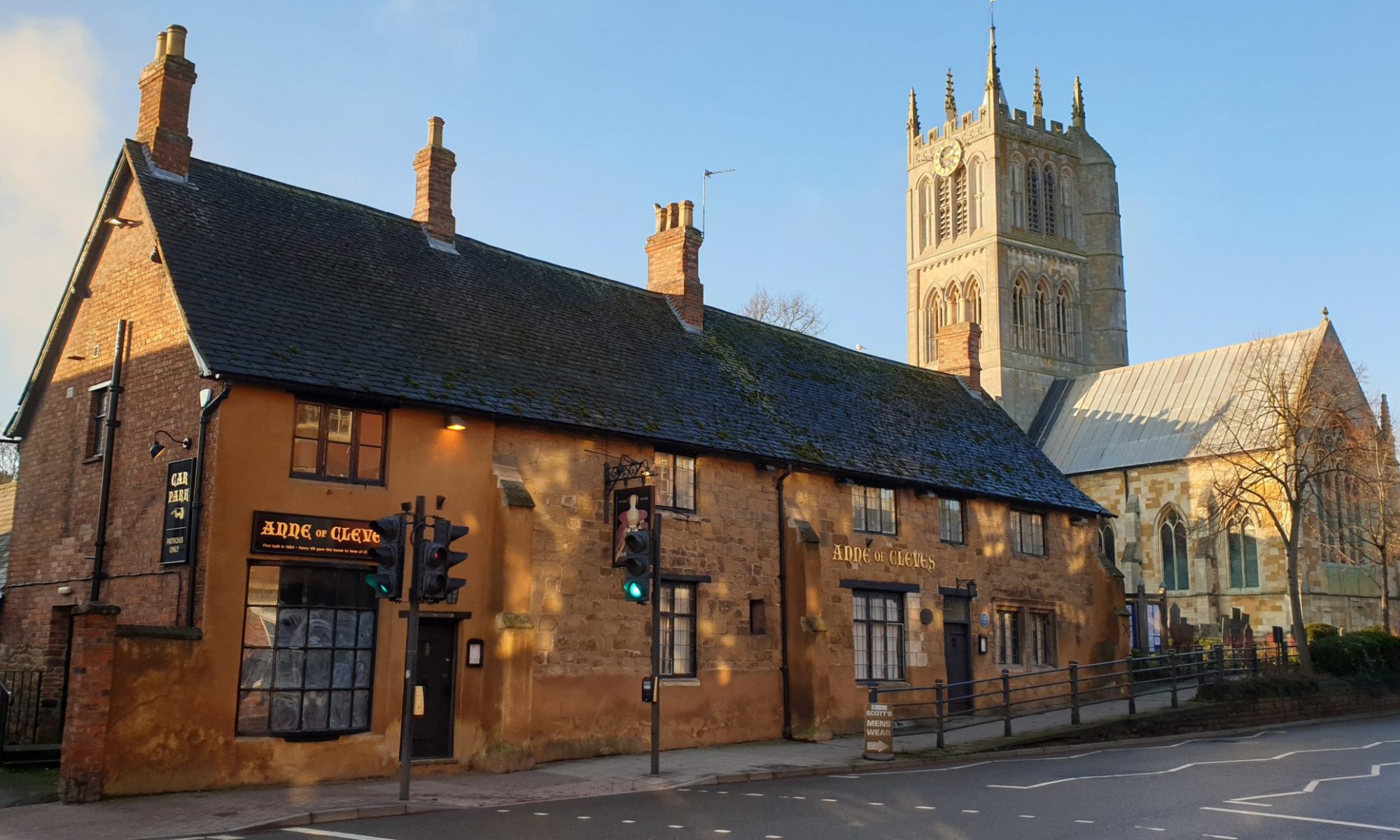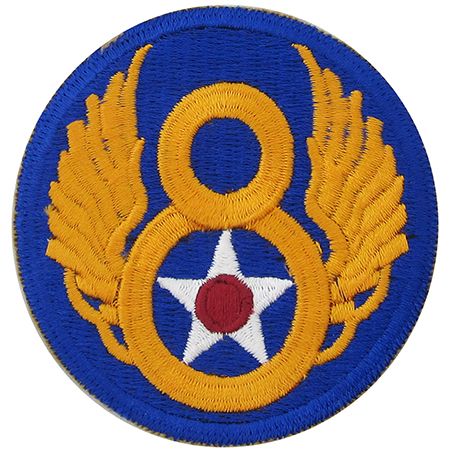
In this Mighty Eighth battlefield tour we will be looking at the role of the US 8th Air Force that operated from their bases across Cambridgeshire and Northamptonshire.
During World War Two, tens of thousands of incredibly brave young airmen of the Eighth US Army Air Force came to Britain as part of the ‘friendly invasion’ from 1942 to 1945.
The US 8th Air Force was the largest air striking force ever committed to battle, with the first units arriving in May 1942 many taking over existing RAF airfields across Cambridgeshire, Norfolk, Northamptonshire & Suffolk.
From their arrival in the UK in 1942 the Mighty Eighth launched hundreds of bombing raids against mainland Europe. As the largest air armada in history, they had the ability to launch 2,000 heavy bombers escorted by over 1,000 fighter planes on a single mission. For this reason, Eighth Air Force is commonly known as the “Mighty Eighth.”
The Mighty Eighth’s contribution to the liberation of Europe cannot be overestimated as by May 1945, they suffered about half of the U.S. Army Air Force’s casualties (47,483 out of 115,332), including more than 26,000 dead.
The brave men of the Mighty Eighth earned 17 Medals of Honor, 220 Distinguished Service Crosses, and 442,000 Air Medals. Their combat record also shows 566 aces (261 fighter pilots with 31 having 15 or more victories and 305 enlisted gunners), over 440,000 bomber sorties to drop 697,000 tons of bombs, and over 5,100 aircraft losses and 11,200 aerial victories.
Whilst most other Eighth Air Force tours focus on the units and squadrons based across Norfolk and Suffolk, made famous by the TV series Masters of the Air, this Mighty Eighth Battlefield Tour focuses on those units based further North across Northamptonshire and Cambridgeshire.
Suggested places to visit as part of The Mighty Eighth battlefield tour are:
AAF Station 105 Chelveston
In early 1942, Chelveston was turned over to the American Eighth Air Force. The first USAAF unit to occupy Chelveston was the 60th Troop Carrier Group with the 10th, 11th, 12th and 26th Squadrons, equipped with Douglas C-47 Skytrain aircraft.
The 60th arrived in early July, but its stay was brief, moving to RAF Aldermaston at the end of the month before transferring to the Twelfth Air Force.
On the 9th August 1942, the 301st Bombardment Group (Heavy) arrived with the 32nd, 352nd, 353rd, 354th and the 415th Bomb Squadrons, each equipped with Boeing B-17 Flying Fortresses.
On the 26th November, the 301st was re-assigned to the Twelfth Air Force and moved to Tafaraoui Airfield, Algeria to take part in Operation Torch.
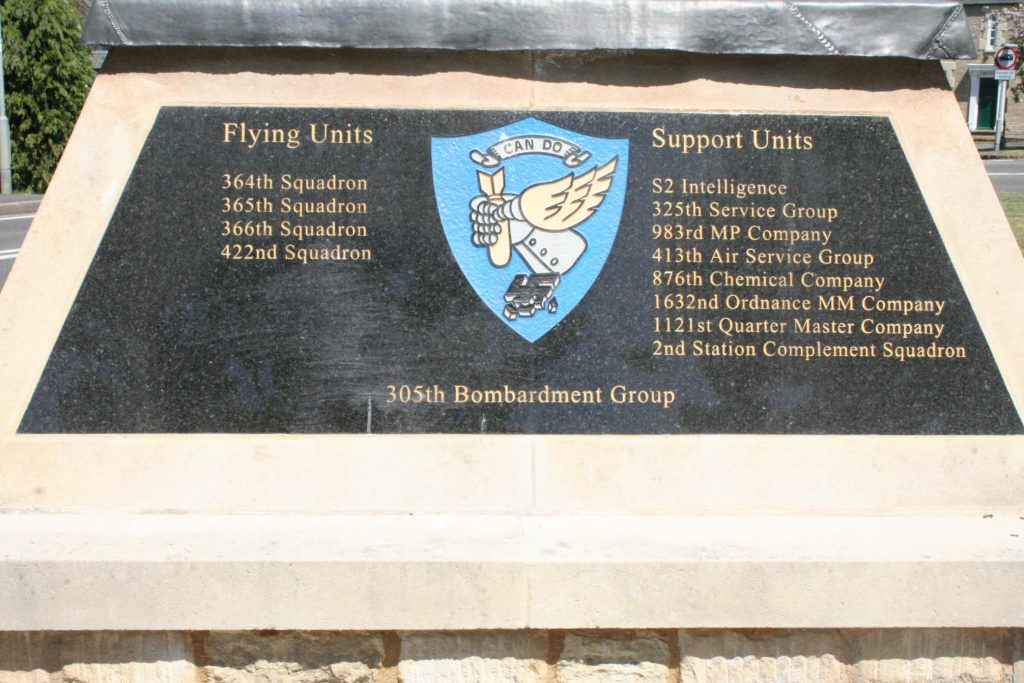
The next group to use Chelveston was the 305th Bombardment Group (Heavy) who moved in from Grafton Underwood in December 1942. After VE Day, the 305th moved to St Trond Airfield, in Belgium in July 1945 and Chelveston was returned to the RAF in October 1945.
AAF Station 106 Grafton Underwood
After being handed over from the RAF to the USAAF, the first USAAF unit to arrive at the base was the 15th Bombardment Squadron (Light) who arrived on the 12th May 1942 from Batchelor, Australia with the Boston III light bomber. They stayed at Grafton for a few weeks until they moved to RAF Molesworth in June.
On the 12th June 1942 the 97th Bombardment Group (Heavy) arrived with the 342nd and 414th Bombardment Squadrons. As Grafton Underwood was originally built as a two squadron base, the other half of the Bomb Group, the 340th and the 341st Bombardment Squadrons were based at Polebrook which was also another 2 squadron base. In September 42, the 97th were transferred to the Twelfth Air Force in the Mediterranean Theatre of Operations.
After the departure of the 97th, the 305th Bombardment Group (Heavy) with the 364th, 365th, 366th and the 422nd Bombardment Squadrons and their B-17’s were the next to arrive in September 42..
The 305th began combat on 17 November 1942 and attacked such targets as submarine pens, docks, harbours, shipyards, motor works, and marshalling yards in France, Germany, and the Low Countries. In December 1942, the 305th were transferred to RAF Chelveston.
In April 43, the 96th Bombardment Group (Heavy) and the 337th, 338th, 339th & the 413th Bombardment Squadrons arrived from Pyote AAF base in Texas. The remained at Grafton until the end of May when they moved to RAF Andrews Field in Essex.
The 384th Bombardment Group (Heavy) arrived in May 43 from Sioux City in Iowa. The 384th consisted of the 544th, 545th, 546th & the 547th Bombardment Squadrons operating B-17’s.
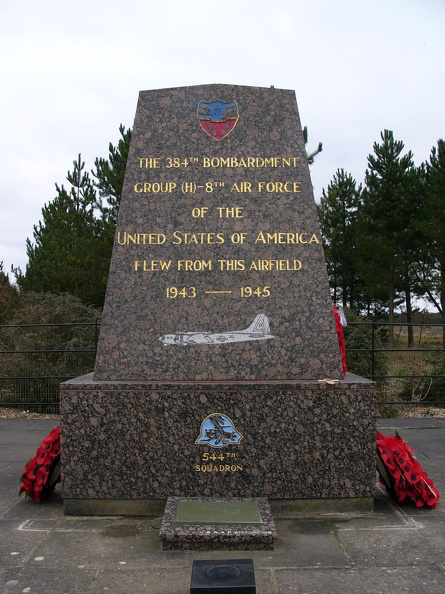
The 384th remained at Grafton until the end of the war when hey moved to France where they were employed on carrying American soldiers to Casablanca for return to the US, returning Greek soldiers to their homeland, and moving Allied troops to Germany. The 384th BG was deactivated at Istres France on the 28th February 1946.
AAF Station 109 Podington
RAF Podington was handed over to the USAAF on the 18th April 1942 and was designated as AAF Station 109 Pdington. The first US Squadron to arrive there was the 28th Troop Carrier Squadron, but in August they moved out to Aldermaston to join the 60th Troop Carrier Group.
Next to arive was the 15th Bomber Squadron (Light) from Molesworth and they steyd until 26th Decmber when they were assigend to Algeria in support of the Allied Landings.
Other units to operate from the airfield were the 301st from Chelveston who used Podington as a satellite airfield from the 15th August to 2nd September.
The 8th Bomber Command Combat Crew Replacement Unit arrived in August 42 and remained until May 43 processing replacement aircrew members prior to them joining their operational units across the 8th AF.
On the 2nd June the 100th Bomb Group of Masters of the Air fame arrived at Podington following their arrival from the US but departed on the 8th to Thorpe Abbotts in Norfolk.
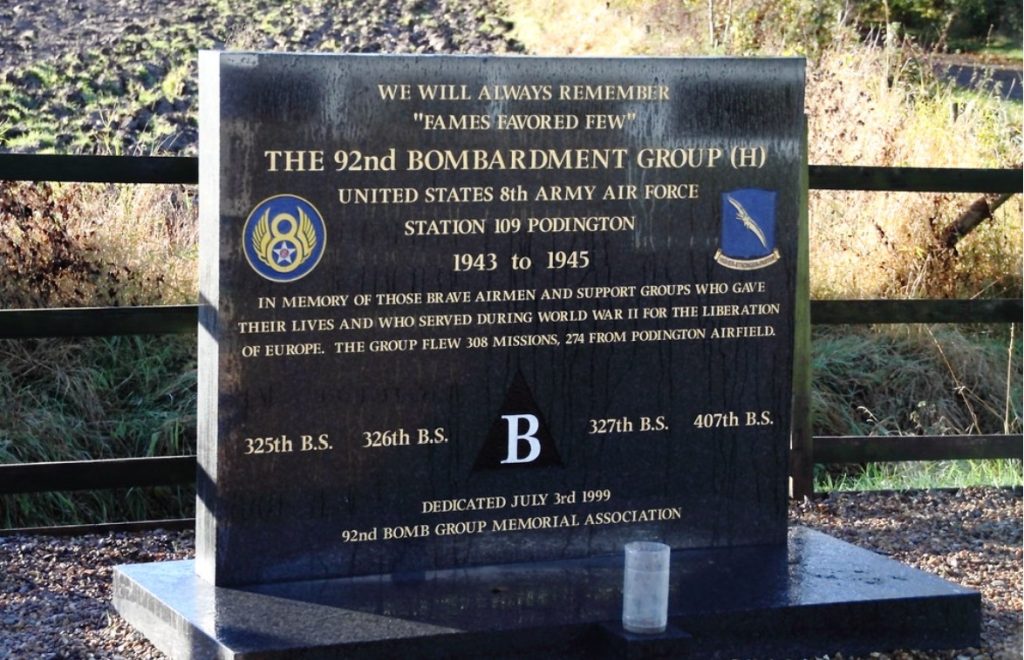
Then main unit to operate from Podington was the 92nd Bomb Group (Heavy) who arrived from Alconbury in September 43. The 92nd BG was made up of the 325th , 326th, 327th and the 407th Bomber Squadrons. They remained at Podington until June 45 when they moved to France where itw a sdisbanded on the 28th February 46.
AAF Station 110 Polebrook
On 28th June 1942, RAF Polebrook was officially turned over to the United States Army Air Forces (USAAF) and the airbase became the base of the 97th Bombardment Group with the 340th and the 341st Bombardment Squadrons, the first USAAF heavy bomber unit to arrive in the UK.
The 97th Bomb Group was transferred to the Twelfth Air Force in the Mediterranean theatre on the 21st October 1942 and Polebrook was unoccupied until April 1943.
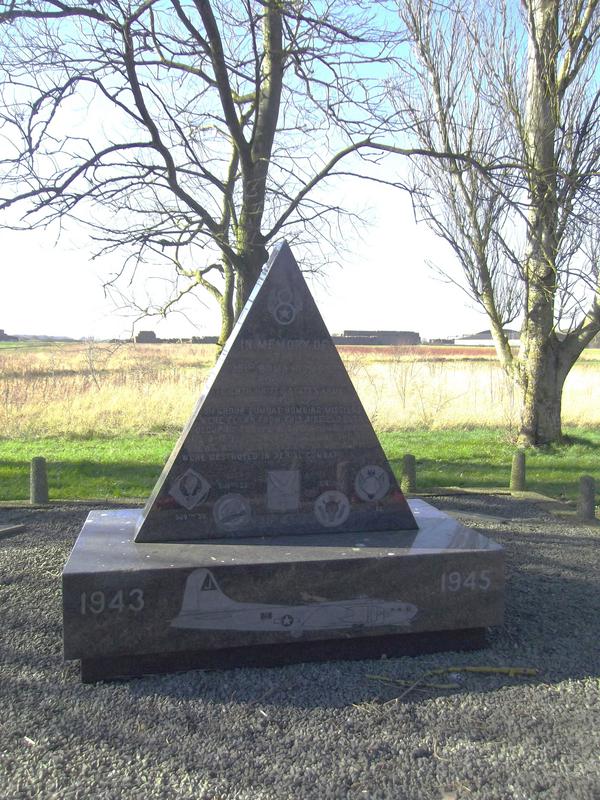
On the 15th April 1943, the 351st Bomb Group arrived at RAF Polebrook with the 508th, 509th, 510th & 511th Bombardment Squadrons.
Shortly after VE Day, the 351st left Polebrook and returned to the United States.
AAF Station 128 Deenethorpe
Deenethorpe airfield was opened in October 1943 and became home to the 401st Bombardment Group (Heavy) who arrived with the 612th, 613th, 614th & 615th Bombardment Squadrons from Great Falls AAB, Montana.
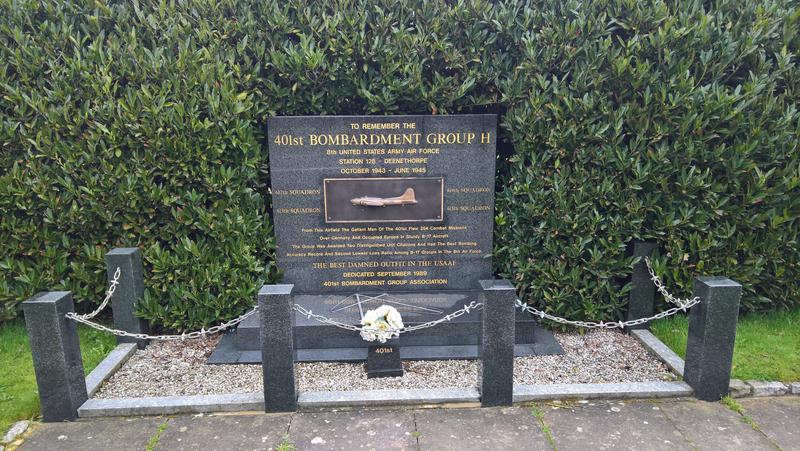
The 401st Bomb Group remained at Deenethorpe until after the war whe they departed Deenethorpe in August 1945 and returned to Sioux Falls AAF where the unit was deactivated.
AAF Station 130 Glatton
When the airfield was completed in late 1943, it was handed over to the Eighth Air Force and was designated as Station 130.
On the 21st January 1944 the 457th Bombardment Group (Heavy), equipped with the Boeing B-17 Flying Fortresses arrived from Wendover AAF, Utah.
The 457th BG was made up of the 748th, 749th , 750th and the 751st Bombardment Squadrons. They flew their first combat mission on 21st February 1944 during Big Week, taking part in the concentrated attacks of heavy bombers on the German aircraft industry.
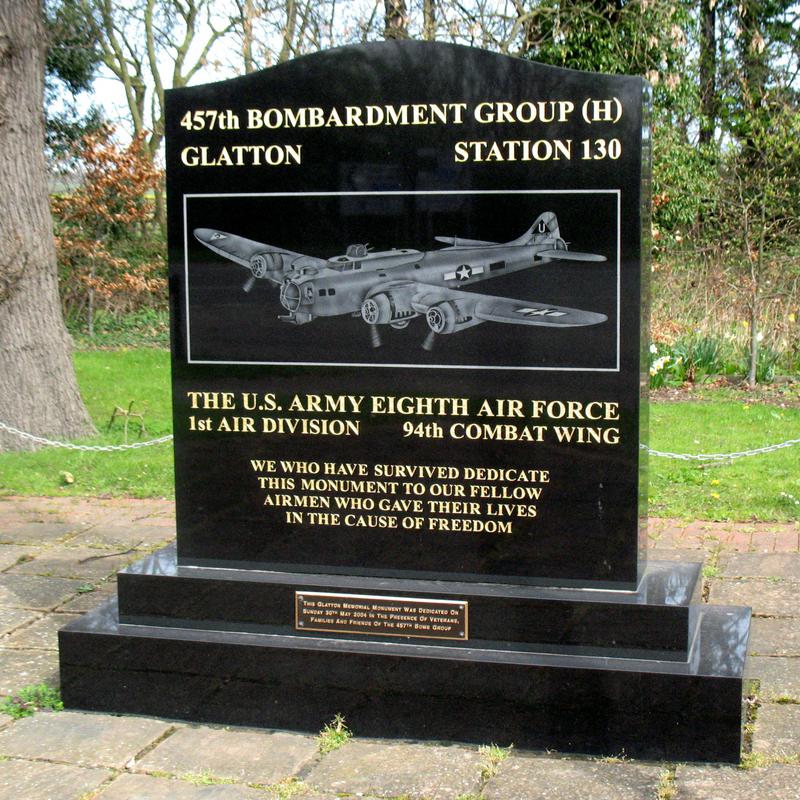
Since their first mission, they flew 237 missions made up of 7,086 individual sorties dropping 17,000 tons of bombs and 142 tons of leaflets. Their last combat mission was flown on the 20th April 1945.
AAF Station 179 Harrington
The first United States Army Air Forces Eighth Air Force Group to use Harrington was the 801st Bombardment Group (Provisional), with the 36th and 406th Bombardment Squadrons arriving from RAF Alconbury on 25 March 1944.
In May 44, two additional Boeing B-17 Flying Fortress squadrons were attached to the group, those being: 850th Bombardment Squadron (Attached from: 490th Bombardment Group RAF Eye) and the 788th Bombardment Squadron (Attached from: 467th Bombardment Group RAF Rackheath).
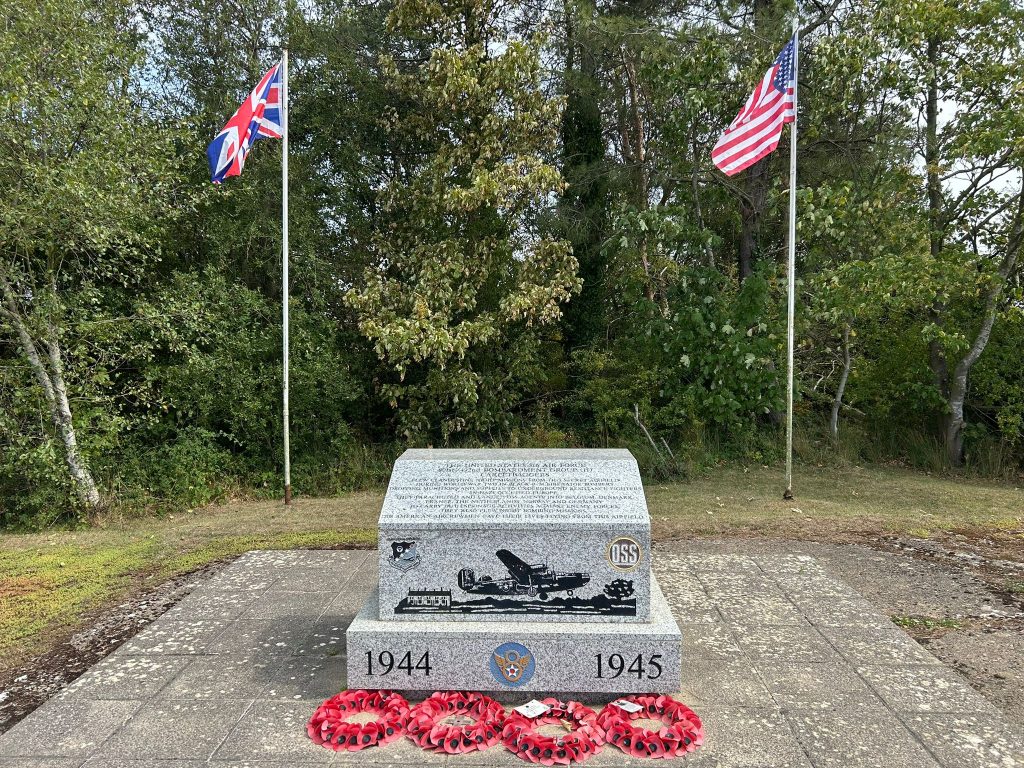
The 801st Bomb Group became best known as the Carpetbaggers. The mission of the Carpetbaggers was to fly Special Operations missions which entailed delivering supplies to resistance groups in enemy occupied countries.
AAF Station 367 Kings Cliffe
From late 1942, the base was handed over to the USAAF and became AAF Station 367 and home to the 350th Fighter Group (347th Fighter Squadron), 56th Fighter Group (61st, 62d & 63d Fighter Squadron) and later the 20th Fighter Group (55th, 77th & 70th Fighter Squadrons).

The 20th Fighter Group became known as the “Loco Group” because of its numerous and successful attacks on locomotives. It received a Distinguished Unit Citation for its performance on 8th April 1944 when the group struck airfields in central Germany and then, after breaking up an attack by enemy interceptors, proceeded to hit railroad equipment, oil facilities, power plants, factories, and other targets.
Cambridge American Cemetery and Memorial, Madingley
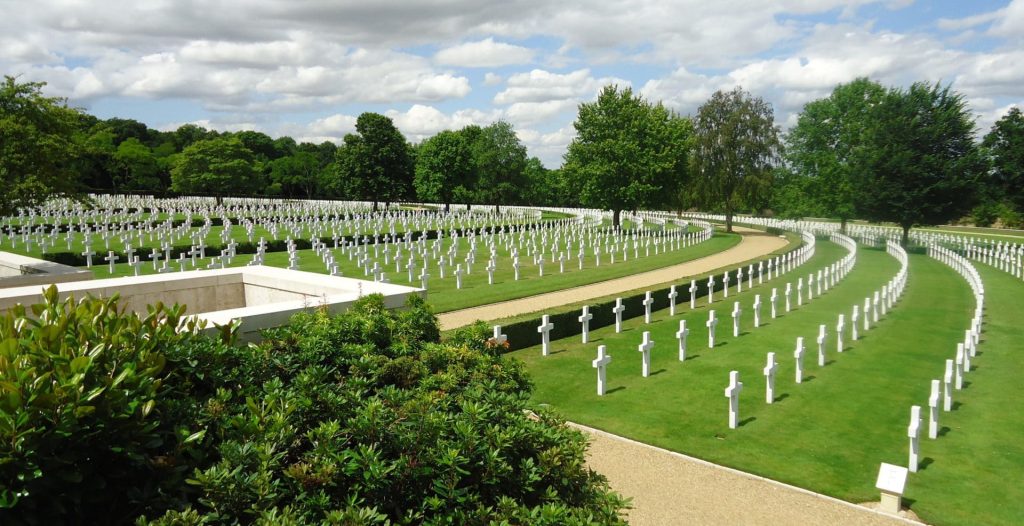
The Cambridge American Cemetery is maintained by the American Battle Monument Commission and contains the remains of 3,811 American Military dead plus the Tablets of the Missing record a further 5,127 names of those Missing, most of whom died in the Battle of the Atlantic or in the strategic air bombardment of northwest Europe.
American Air Museum, IWM Duxford
At the American Air Museum Duxford we will discover the experiences of the men and women of the US Army Air Forces and see examples of the aircraft operated by the Mighty Eighth.
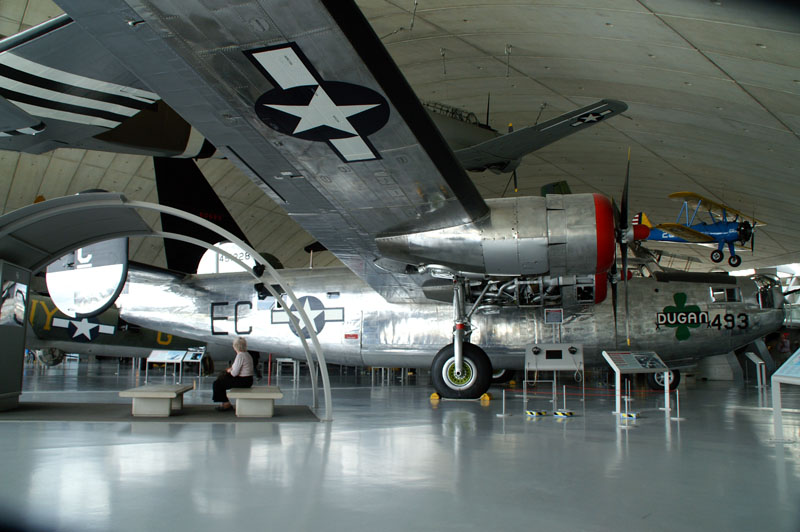
Whether you’re researching an ancestors military journey by following in their footsteps, a military history enthusiast or exploring the subject for the first time, the Mighty Eighth battlefield tours are individually tailored to suit your needs.
For the Mighty Eighth Battlefield Tour, each tour day begins at 09:00Hrs at your chosen pick-up point and ends around 17:30Hrs when you will be dropped off back at your chosen location.
Note:
Itineraries are subject to change due to operational reasons or museum opening times. Any changes will be advised closer to the time of departure.
Pricing:
There is a flat fee price for 1 to 3 people* for the Mighty Eighth battlefield tour:
1 Day Bomber County battlefield tour: £200
2 Day Bomber County battlefield tour: £350
* For more than 3 people please get in touch to discuss requirements.
What’s included in this Mighty Eighth Battlefield Tour:
Full day private tour including transportation
Free bottled water
Collection & Drop off at chosen location
Battlefield tour handout
What’s not included:
Accommodation
Lunch
Museum admissions
Travel to/from pick up locations
Booking indicates your acceptance of our Standard Terms and Conditions
HistoryFare’s Accessibility Promise
HistoryFare is committed to making travel more inclusive for everyone.
Clear, honest information about accessibility is provided wherever required.
The guided walks are designed to provide a step free access or alternative locations to ensure all points of interest can be enjoyed by all wherever possible.
Flexible travel options to suit different transport needs can be arranged on request.
Parking facilities, step-free access, senior-friendly routes, and accessible attractions are all taken into consideration when developing a HistoryFare guided tour.
We listen to customers feedback and continuously improve our services to better serve all travellers.
If you have a question about accessibility issues, then please get in touch to see how we can help.
Explore in confidence with HistoryFare.
Mobility Hire
If you need to hire a mobility scooter or a wheel chair to enable you to access HistoryFare Tours, these are available for hire from ShopMobility Melton Mowbray, subject to a small hire charge and availablity. Please visit their website for contact details.
Booking indicates your acceptance of our Standard Terms and Conditions
To enquire about the Mighty Eighth battlefield tour, please get in touch by completing the HistoryFare Contact form fields below.
